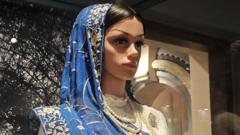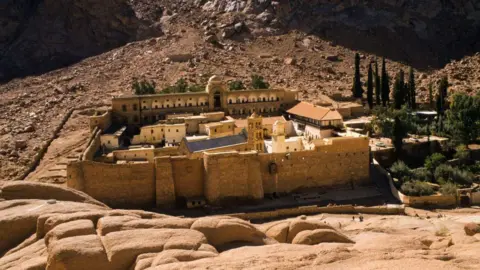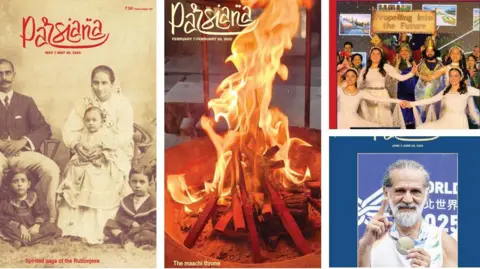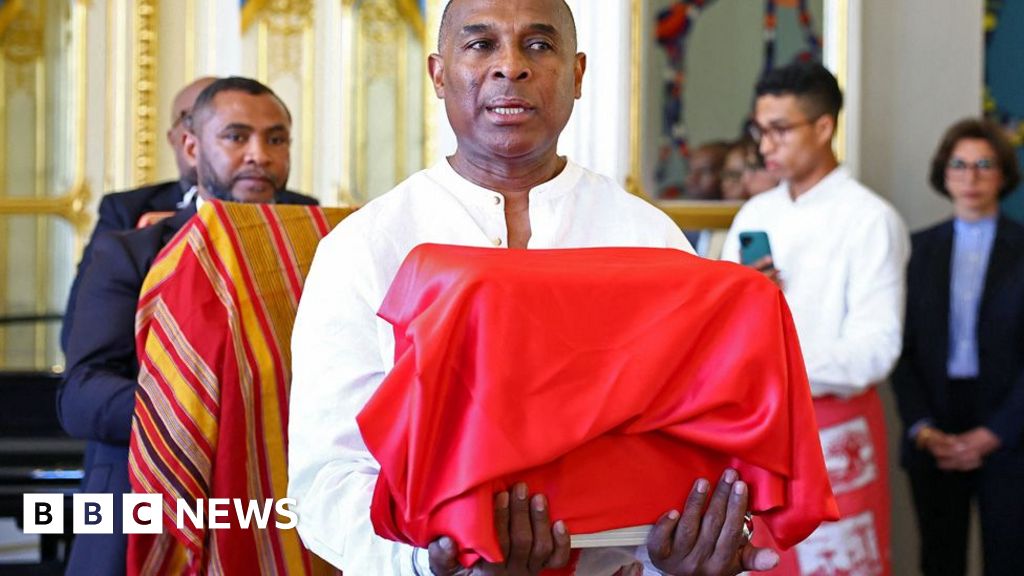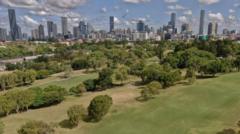Tucked away in a quiet lane at the southern tip of Mumbai, the Framji Dadabhoy Alpaiwalla Museum serves as a testament to one of the world's oldest religions, Zoroastrianism, and the community of Parsis who adhere to it. With a population dwindling to an estimated 50,000 to 60,000, Parsis are thought to have descended from Persian refugees escaping religious persecution centuries ago. Despite their indelible contributions to India's economy and culture, their story remains relatively obscure to the broader populace.
Kerman Fatakia, the museum's curator, emphasizes the institution's goal to illuminate the Parsi community's rich heritage through its collection of historical artefacts. The museum's renovation aims to attract visitors to learn about Parsi culture, history, and traditions through exhibits featuring rare items, including ancient trade goods and textiles.
Notable among the displays are cuneiform bricks, terracotta pots, and coins unearthed from cities that once flourished under Zoroastrian rule, such as Babylon and Mesopotamia, dating back to 4000-5000 BCE. Visitors can admire a replica of the Cyrus Cylinder, an ancient artifact often heralded as the first charter of human rights and commonly referenced within the museum context.
Additional exhibits trace the migration of Iranian Zoroastrians to India during times of political unrest, along with pieces that illustrate the wealth generated by trade in tea, silk, cotton, and opium in the 19th century. A particular highlight is the array of intricately designed Parsi sarees, which reflect the artistic influences of various global cultures.
The museum houses life-size replicas of both a Tower of Silence, or dakhma, and a fire temple unique to the Parsi faith. These replicas underscore the sacred practices and beliefs surrounding death and worship within the community. Entry to actual fire temples remains restricted to Parsis, making this museum experience an invaluable glimpse into historically elusive customs.
Originally established in 1952, the museum showcases modern displays featuring well-organized exhibits and guided tours. Fatakia remarks that while modest in size, the museum is rich in history, serving as a key resource for anyone—whether local or international—looking to deepen their understanding of the Parsi people and their significant place in India's historical narrative.

